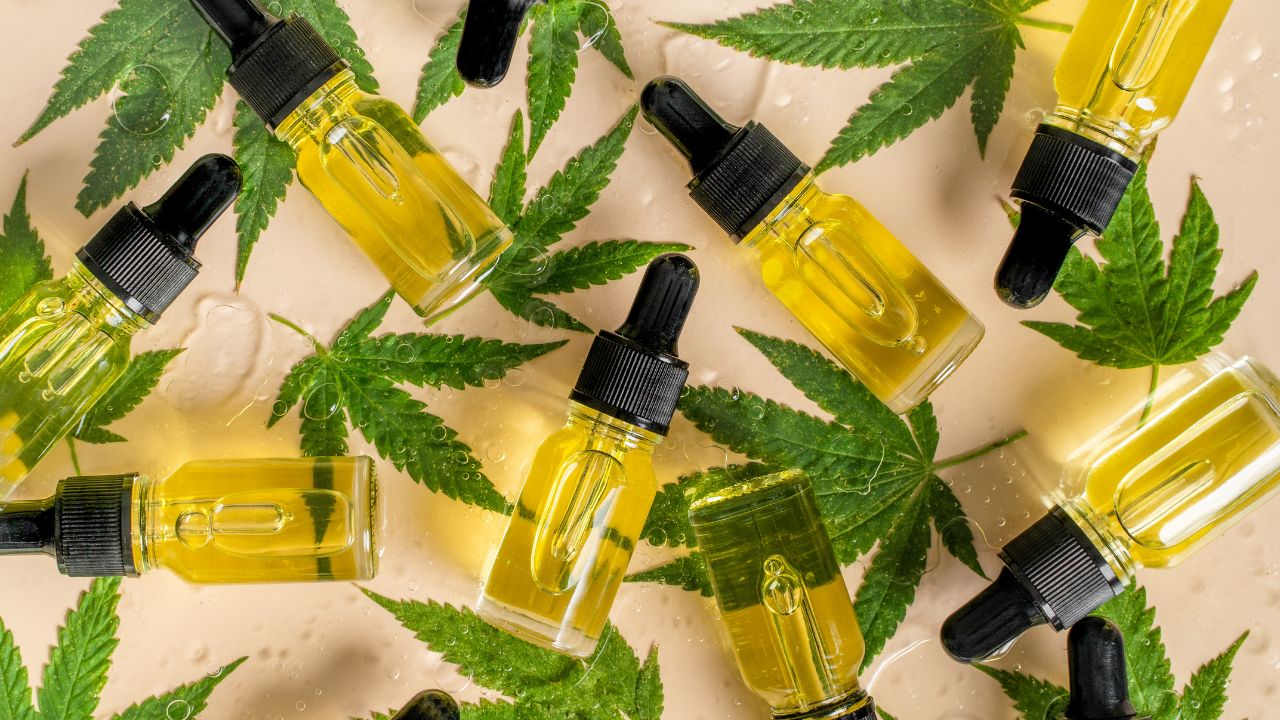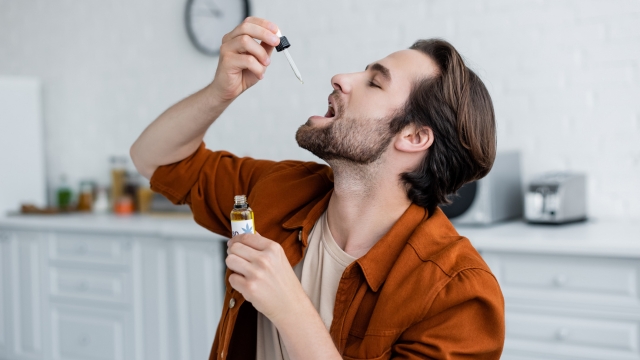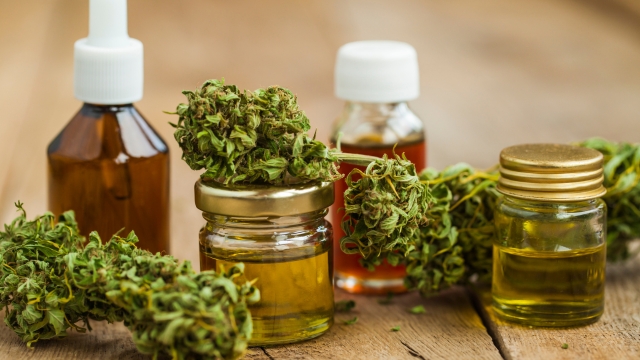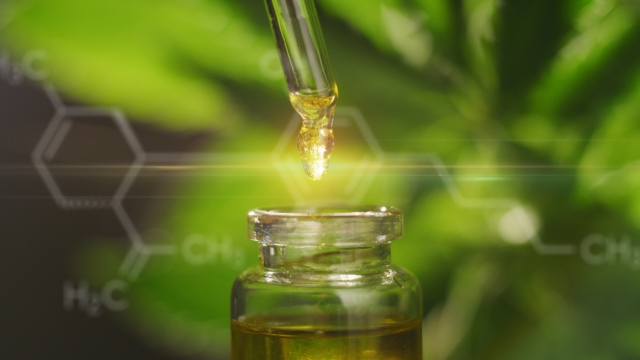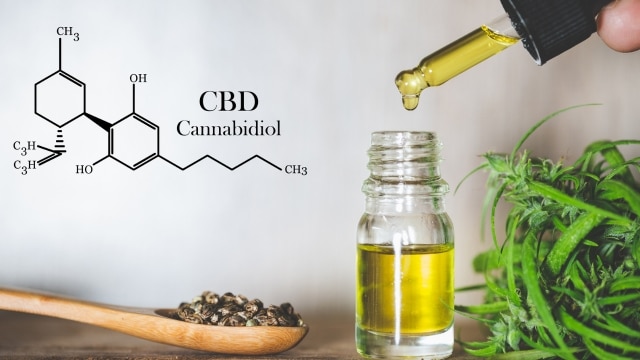Have you ever wanted to experience the therapeutic benefits of CBD but were hesitant to buy commercially available cannabis products? What if we told you that learning to make CBD oil at home with the proper knowledge and equipment is possible? Let us walk you through the process, covering everything from understanding different extraction methods to selecting the suitable hemp strain and preparing the hemp flower.
Key Takeaways
As the popularity of CBD oil continues to rise, many people are exploring the exciting possibility of creating their own homemade cannabis oil. However, when you embark on this exciting journey, remember to exercise caution and prioritize safety. Following the guidelines and best practices, you can confidently create CBD oil at home and enjoy its many health benefits.
- Gain an understanding of various extraction methods.
- Select the right hemp strain for your CBD oil.
- Preparation of the hemp flower.
- CO2 extraction process.
- Purification & filtration and post-processing work.
- Decarboxylation.
- Creating homemade oil.
- Testing and quality assurance.
- Storing and preserving your homemade CBD oil.
While creating CBD oil at home is thrilling and rewarding, approaching the process with care and safety is imperative. Therefore, follow the steps to make high-quality, customized homemade CBD oil, from purification and filtration to decarboxylation and infusion process. Let’s dive in!
Introduction – Understanding CBD Oil and its Increasing Popularity
CBD oil is a natural remedy that has gained widespread popularity in recent years due to its potential health benefits. Made from high-CBD flowers, it contains cannabidiol, a powerful compound found in marijuana plants with incredible anti-inflammatory and antioxidant properties.
In contrast, unlike THC, the primary psychoactive cannabinoid in marijuana and often found in vapes, CBD does not cause intoxication or a “high” and won’t make you fail a drug test. Instead, it has been associated with various health benefits, including reducing inflammation, alleviating anxiety, relieving pain, supporting nervous system health, and promoting proper immune system function.
Additionally, making your own CBD oil allows you to control the quality of the ingredients, the extraction method, and the potency of the final product. This will enable you to create a customized cannabis oil that meets your needs and preferences.
In the following sections, you’ll learn about the various extraction methods. Furthermore, you’ll also learn how to select the suitable hemp strain and prepare the cannabis plants for extraction.
Understanding CBD Extraction Methods
It’s essential to comprehend the various CBD extraction methods when making your homemade cannabis oil since each offers unique advantages and disadvantages. Notably, the industry’s four most widely used extraction methods include CO2 extraction, solvent extraction, olive oil extraction, and steam distillation.
By learning about each method, you can choose the one that best suits your needs and preferences and create a high-quality CBD oil tailored to your requirements.
CO2 Extraction
CO2 extraction is a safe and efficient process that uses pressurized carbon dioxide to extract beneficial cannabinoid compounds from the cannabis flower. Moreover, this method is widely used in various industries due to its safety, efficiency, and eco-friendliness. It involves loading the extractor chamber with the desired hemp plants, adjusting the oil temperature and pressure, separating the extracted beneficial compounds, and collecting the CBD-rich CO2 solution.
This extraction boasts a significant advantage – it can yield a highly pure and potent CBD product without using solvents or other harsh chemicals. Consequently, it ensures that your homemade CBD oil is free of residual solvents, making it a cleaner and safer option than other extraction methods. However, possessing the right equipment and knowledge is necessary for carrying out CO2 extraction effectively.
Furthermore, this extraction method excels at acquiring THC for highly psychoactive vape products. However, it’s important to note that only adults can purchase these cartridges and pens in states where marijuana is legal. On a separate note, it’s worth mentioning that CBD is legal in all 50 states.
Solvent Extraction
Solvent extraction is another popular method for extracting CBD from the cannabis flower. Solvents, such as ethanol or butane, dissolve the industrial hemp flower in this process.
Subsequently, the mixture is heated to evaporate the solvent, and the resulting step involves collecting the CBD-rich solution that is left behind. Additionally, filtering the solution to collect the CBD is crucial.
This method results in a higher CBD concentration in high-CBD hemp flowers. However, despite its speed and effectiveness, the extraction does have certain disadvantages. The primary concern is the potential for residual solvents in the final product, which can be hazardous if not properly managed.
Therefore, safety during solvent or alcohol extraction requires wearing protective clothing, using a well-ventilated area, and properly maintaining and cleaning all equipment.
Olive Oil Extraction
Olive oil extraction is a simple and cost-effective method for making CBD oil at home. This process involves cleaning the olives, removing debris, crushing the fruit, and separating the olive oil through centrifugation or other methods. As a result, you can produce lower concentrations of CBD from the marijuana plant, which can then be combined with hemp seed oil for added benefits.
Although this extraction method may not produce the highest concentrations of CBD compared to others, its simplicity and natural approach make it an attractive option for those looking to make their cannabidiol oil. By using food-grade equipment and following proper safety precautions, you can create a homemade product that is both effective and safe.
Steam Distillation
Steam distillation is a traditional method for extracting essential oils from the hemp plants, making it an effective process for extracting CBD from the hemp plant. This method involves heating cannabis in a still with steam. As a result, the essential oils vaporize and are ready for condensation and collection.
While steam distillation is a simple and cost-effective way to extract essential oils, it may not be as efficient for extracting CBD as other methods like CO2 extraction. However, it can still be a viable option for those looking to produce lower concentrations of CBD at home.
Wear protective clothing to ensure safety during steam distillation and keep a fire extinguisher nearby in emergencies.
Also read
How Do Vapes Work? A Comprehensive Guide to Vaporization
Steps in Making CBD Oil at Home
Here are the steps:
1. Selecting the Right Hemp Strain
Selecting the suitable hemp strain is crucial for making high-quality CBD oil home. The most desirable high CBD strains, as they yield a more potent final product. The good news is that a wide variety is available, each with unique characteristics, such as CBD content and terpene profile. Considering these factors, you can choose the best hemp strain to meet your needs and preferences.
2. Preparing the Hemp Plant
Proper preparation of the plant material is a prerequisite before extracting CBD. This process involves drying the hemp flower by moving it to a drying facility, such as a barn. Subsequently, grinding the dried cannabis into a fine powder using a grinder or food processor is essential. Afterward, decarboxylating the ground plant to activate CBD is crucial.
Note that heating the plant material to activate the cannabinoids and convert CBDA into CBD is a critical step for extraction, known as decarboxylation.
3. Extraction Process: CO2 Extraction
With a better understanding of the different extraction methods and the plant material prepared, we can now proceed to the CO2 extraction method. This highly efficient and safe method utilizes pressurized carbon dioxide to extract CBD.
The process involves several steps. The initial stage is loading the extractor chamber with the desired hemp flower material. Next, adjusting the temperature and pressure is crucial for precise extraction. Afterward, separating the extracted compounds is essential. Finally, collecting the CBD-rich CO2 solution is the ultimate goal.
In the following subsections, we will cover each step in detail, providing you with the knowledge necessary to effectively extract CBD using this method.
a. Loading the extractor chamber
To begin CO2 extraction, you must load and fill the extractor chamber with ground hemp plant material. Once securely sealed and ready for injection, a pump efficiently injects the pressurized carbon dioxide gas into the chamber at the ideal temperature to initiate the extraction.
b. Adjusting temperature and pressure
Adjusting the temperature and pressure settings during the CO2 extraction is essential for optimizing CBD extraction. By following the general guidelines, you can ensure that the extraction is as efficient as possible.
Remember that the settings may need to be adjusted depending on the specific type of extraction being performed. So, finding the optimal balance for your extraction needs is essential.
c. Separating extracted compounds
Once the temperature and pressure settings have been adjusted, the next step in the CO2 extraction procedure is to separate the compounds. This is done using a collection chamber specifically designed to capture the compounds as they are separated from the plant material.
d. Collecting CBD-rich CO2 solution
After separating the extracted compounds, it’s time to collect the CBD-rich CO2 solution for further processing. This allows the supercritical CO2 to pass through the cannabis plant material in an extraction chamber, effectively dissolving and collecting the CBD extracts.
By carefully controlling the temperature and pressure during this process, you can ensure that you collect a pure and potent CBD-rich CO2 solution, which can then be used to create your own CBD oil.
4. Purification and Filtration
After collecting the CBD-rich CO2 solution, the following step involves purification and filtration to eliminate impurities and unnecessary compounds. This process involves freezing the solution to solidify any impurities, allowing them to be easily removed. After freezing, it can be quickly filtered through an activated carbon-impregnated filter media to remove any remaining impurities and discoloration.
In addition to filtering, it’s also essential to carry out post-processing work to eliminate any fats, waxes, and lipids that may be present in the extracted oil. By thoroughly purifying and filtering the solution, you can ensure that your homemade cannabidiol oil is impurities-free and maintains its CBD potency and effectiveness.
5. Decarboxylation of CBD
Heat-induced conversion of CBDA into CBD, known as decarboxylation, is a pivotal step for activating the CBD while making CBD oil at home. The optimal temperature for premium decarbed cannabis is 240°F, and the recommended time is 90 minutes to ensure maximum efficiency. After decarboxylation is complete, it’s time to remove the jar from the oven and add your choice of oil to create your CBD-infused product.
6. Creating CBD-Infused Oil
Creating hemp-infused oil involves combining the purified CBD extract with a carrier oil, such as coconut oil, MCT oil, or vegetable oil. First, mix the purified CBD extract with your chosen carrier oil to accomplish this. Then, heat the mixture slowly over low heat. After heating the mixture, strain it through a cheesecloth or fine mesh strainer to remove any remaining hemp flower material. This ensures a pure, filtered cannabis oil.
7. Testing and Quality Assurance
Testing and quality assurance are essential components of making homemade CBD oil, as they ensure the safety and potency of the final product. One method for testing the concentration is High-Performance Liquid Chromatography (HPLC), which can accurately measure the potency of your cannabis oil. Additionally, CBD Test Purple detection liquid can quickly determine whether CBD or THC is the primary cannabinoid in your oil infusion.
Regularly testing your homemade CBD oil and implementing proper quality assurance measures is a worthwhile investment. This helps guarantee the best possible results and provides peace of mind, knowing that your product is of the highest quality.
8. Storing and Preserving CBD Oil
Storing and preserving your homemade CBD oil properly is vital for sustaining its potency and prolonging its shelf life. It should be stored in a cool, dry, dark place at room temperature to ensure optimal freshness.
The best way to store the edible oil is preferably in a glass jar like a mason jar. Note that the storage container matters to maintain the potency of CBD oils, enjoy the beneficial properties, and reduce pain.
By following these storage guidelines, you can enjoy the benefits of your homemade CBD oil for up to a year, like alleviating joint pain. In addition, you can reap the beneficial properties by making your own edible recipes. Indeed, homemade cannabis edibles are a trend right now and tasty too.
In addition to proper storage, it’s essential to regularly monitor the potency of your homemade CBD oil to ensure that it remains effective over time. Keep in mind that CBD stays in your system for hours, so make it worth your while.
Also read
Vaping Regulations Unveiled: How Old Do You Have to Be to Purchase Vapes?
Wrap-up
We’ve covered everything you need to know on how to make CBD oil. From understanding the different extraction methods and hemp strain selection to plant material preparation, CBD extraction, and CBD-infused oil creation, you now have the knowledge and tools to create a high-quality, customized CBD oil.



